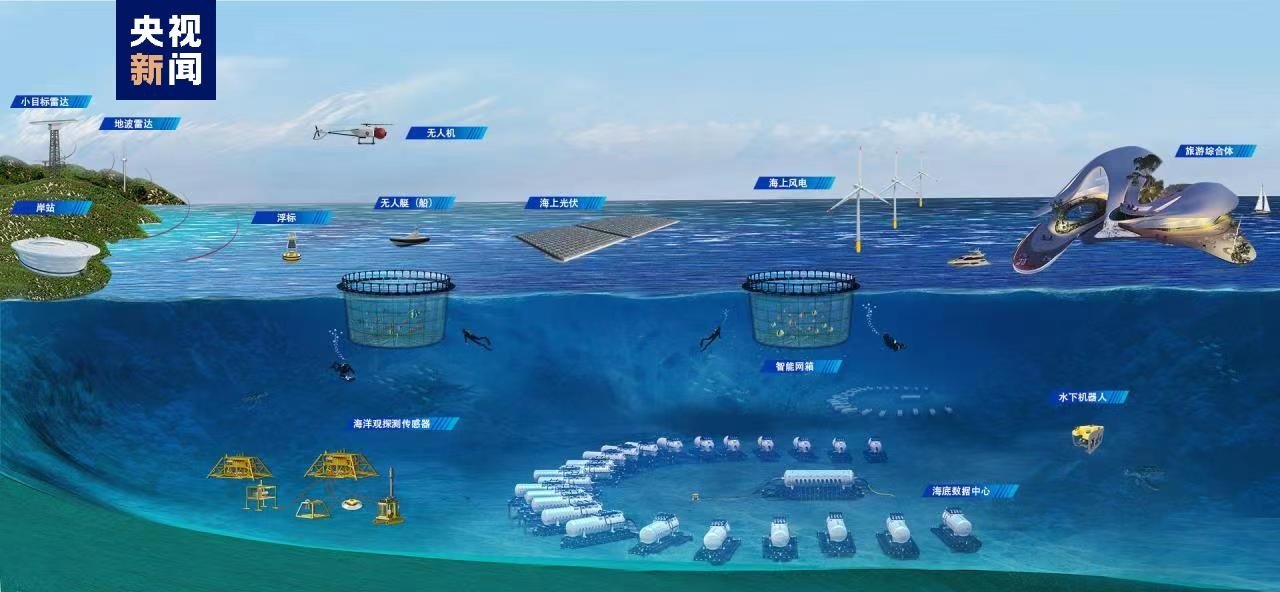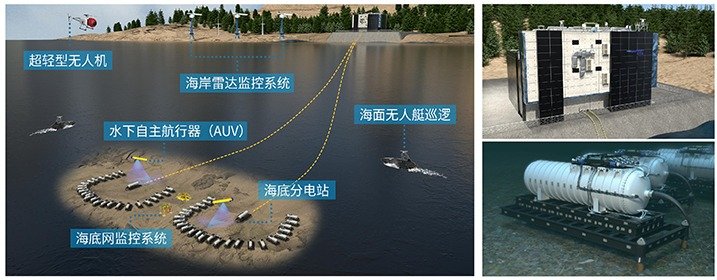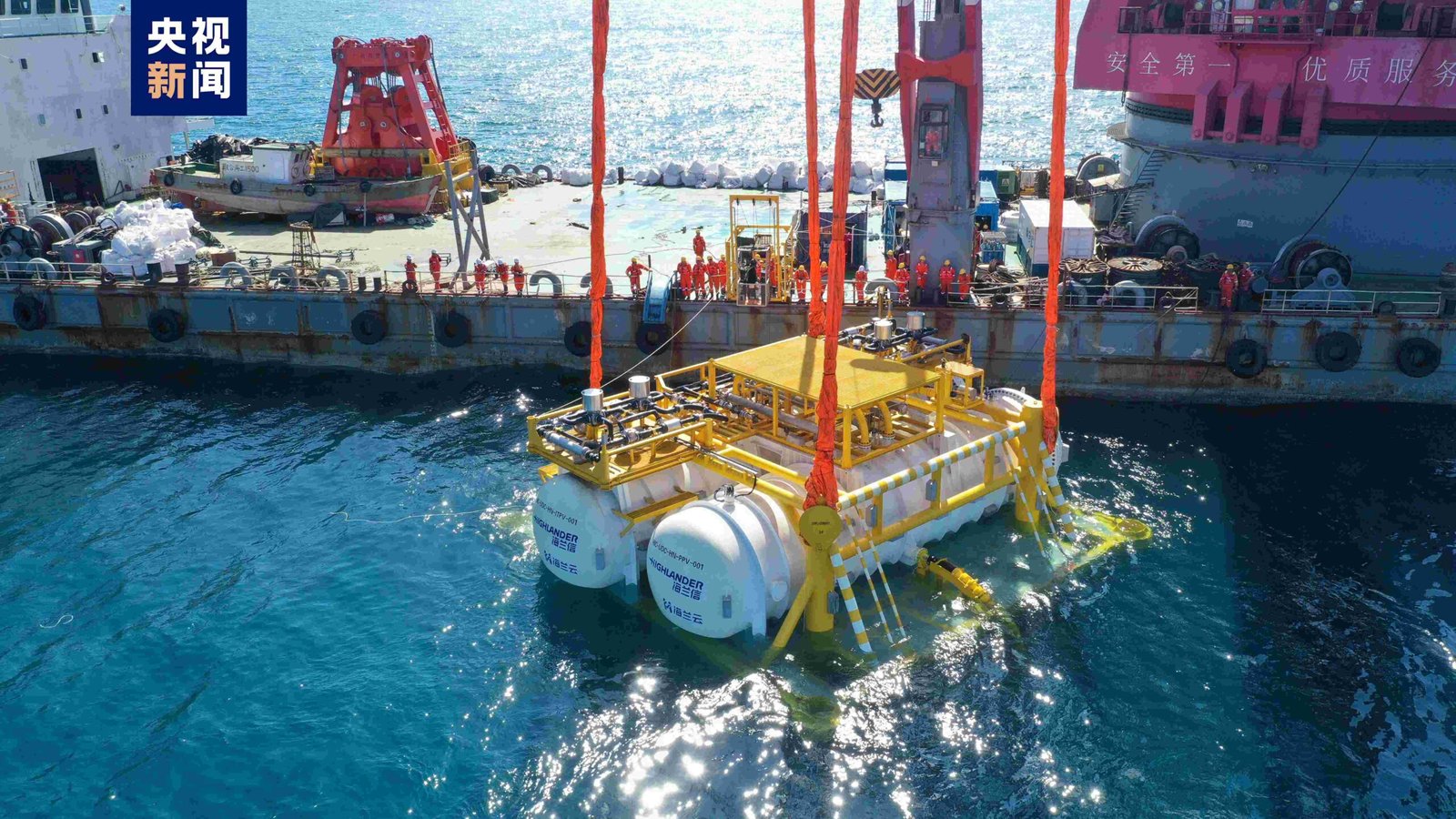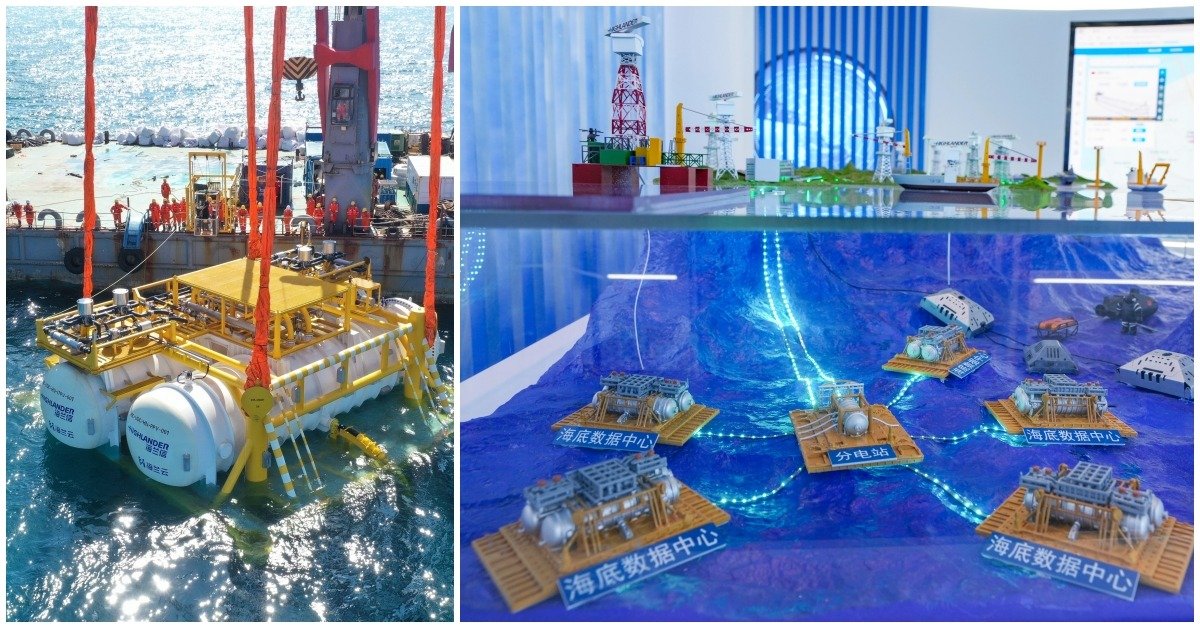Overview
China’s underwater data center in Hainan Province has introduced a new module to enhance its capacity for high-performance tasks. This 18-meter structure, submerged off the coast of Lingshui, integrates with an existing undersea facility installed in late 2023. Operated by HiCloud, a division of Highlander, this innovative project represents a significant leap in modern data infrastructure.
The new module houses 400 high-performance servers and leverages seawater for natural cooling. It is capable of processing up to 7,000 DeepSeek queries per second, making it suitable for a variety of advanced applications. Tasks such as AI model training, industrial simulation, marine research, and high-end game development are being supported through its robust computational power. Ten organizations are currently utilizing this facility for these advanced operations.

The underwater data center is linked to a nearby shore station, ensuring seamless data connectivity for users. Although the specifics of the hardware have not been disclosed, the infrastructure demonstrates the potential of underwater data capsules in achieving energy efficiency and scalability. Such facilities reduce the need for traditional energy-intensive cooling systems, positioning them as a sustainable alternative.
This project follows a trend of experimenting with subaquatic data centers. Microsoft’s Project Natick, launched off Scotland’s coast in 2018, tested similar concepts with moderate success. While Project Natick has since been discontinued, the interest in intelligent computing centers beneath the sea persists, with other companies exploring installations.
Hainan’s underwater data initiative not only supports the growing demands of AI-powered services and digital economies but also strengthens its role in fields like scientific exploration and virtual simulations. The unique environment allows for secure, sustainable, and scalable data processing, enhancing its appeal for enterprises pursuing cutting-edge technology solutions.
Frequently Asked Questions

What benefits come with the use of underwater data centers?
Underwater data centers provide natural cooling, significantly reducing energy consumption compared to traditional data centers. Placing them underwater also frees up valuable land space and helps improve geographic availability by strategically positioning data centers near coastal populations.
How does China’s underwater facility enhance data processing capabilities?
China’s underwater data center utilizes high-performance servers designed for advanced computing tasks. These servers benefit from the stable temperatures and unique environmental conditions underwater, enabling more efficient and reliable data processing for energy-intensive workloads. Learn more about China’s landmark facility at China’s underwater AI data center.
What is the environmental impact of underwater data centers?

The deployment of such facilities raises concerns about potential impacts on marine ecosystems. Developers are working to minimize disruptions by designing structures that integrate into the marine environment without harming aquatic life. Studies and monitoring are ongoing to assess long-term effects on local habitats.
What cooling methods are being used in these underwater operations?
China’s underwater data centers rely on seawater as a natural cooling agent. This method eliminates the need for traditional air conditioning systems, making cooling more energy-efficient and environmentally friendly. Innovative designs ensure effective heat dissipation to maintain optimal operating conditions for equipment.
How do these facilities measure against land-based centers in cost and sustainability?

Underwater data centers tend to have lower cooling costs due to the use of natural seawater. Additionally, they reduce real estate expenses and energy consumption, making them a potentially more sustainable alternative to land-based centers.
What steps are taken to ensure security and reliability?
China’s underwater data centers implement advanced measures to ensure continuous operation and safety. These include robust waterproof designs, redundancies to handle potential system failures, and reinforced protection against cyber threats. Remote monitoring systems ensure issues are promptly detected and addressed.
The benefits of this project extend beyond just data storage and processing. The underwater data center is a showcase of China’s commitment to technological advancement and innovation. It highlights the country’s determination to stay ahead of the curve and cement its position as a digital powerhouse.

This massive undertaking is expected to be completed by 2025, and the possibilities are endless. With the speed and efficiency of the underwater data center, businesses can expect to see significant improvements in their operations and the economy as a whole. Not to mention, the potential for creating new jobs and stimulating the tech industry.
The concept of an underwater data center may seem like something out of a sci-fi movie, but China is making it a reality. This impressive feat of technology and engineering is set to change the game for data storage and processing, and cement China as a global leader in the tech industry.
In conclusion, China’s underwater data center is a game-changer in the world of technology and data storage. With its state-of-the-art design and potential for improved efficiency and sustainability, it is a testament to China’s determination to be at the forefront of technological advancements. This is an exciting development that will undoubtedly shape the future of data storage and pave the way for more groundbreaking innovations in the tech world.





































